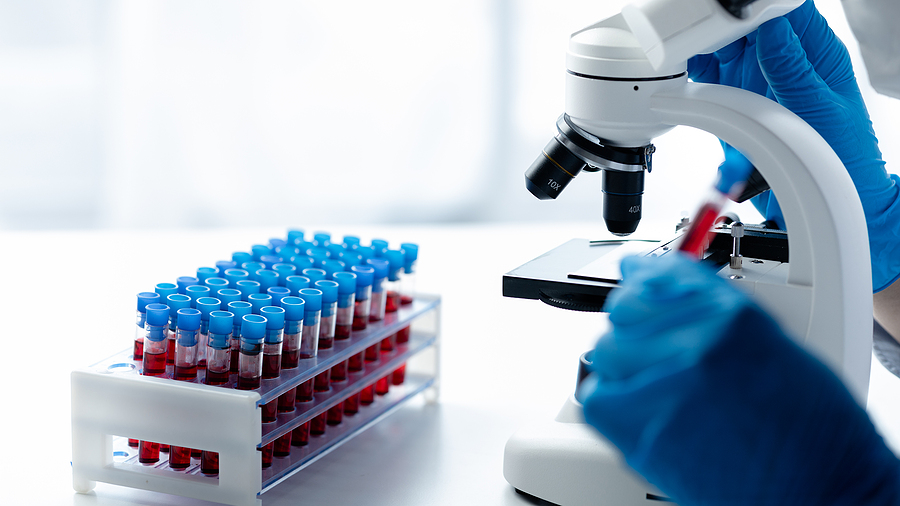Sydney researchers have developed a new device that can detect cancer cells from blood samples, allowing patients to avoid invasive biopsy surgery.
Cancer is a leading cause of illness and death in Australia, with more than 150,000 around the country every year.
People with suspected cancer – particularly of the liver, colon or kidney – often require surgery before a definitive diagnosis can be made.
Majid Warkiani from the University of Technology Sydney School of Biomedical Engineering said undergoing a biopsy can cause discomfort to patients and comes with a risk of complications from surgery.
“Managing cancer through the assessment of tumour cells in blood samples is far less invasive than taking tissue biopsies,” Professor Warkiani said on Monday.
“It allows doctors to do repeat tests and monitor a patient’s response to treatment.”
The UTS developed Static Droplet Microfluidic device is able to rapidly detect circulating tumour cells that have broken away from a primary tumour and entered the bloodstream.
The device uses a unique metabolic signature of cancer to differentiate tumour cells from normal blood cells.
The study has been published in the peer-reviewed scientific journal, Biosensors and Bioelectronics.
Prof Warkiani said a single tumour cell can exist among billions of blood cells in only one millilitre of blood, making it very difficult to find.
“The new detection technology has 38,400 chambers capable of isolating and classifying the number of metabolically active tumour cells,” he said.
Once the device identifies the tumour cells, they can undergo genetic and molecular analysis which can help in cancer diagnosis and classification and the development of personalised treatment plans.
Circulating tumour cells are also precursors of metastasis – where cancer spreads to other organs – which is the cause of 90 per cent of cancer deaths.
Studying those cells could provide insights into the biology of cancer metastasis and lead to new treatments, Prof Warkiani said.
The Static Droplet Microfluidic doesn’t rely on high-end equipment and trained operators, enabling doctors to diagnose and monitor cancer patients in a quick and cost-effective manner.
The UTS research team has filed a provisional patent for the Static Droplet Microfluidic device, with plans to commercialise the product.
Maureen Dettre
(Australian Associated Press)





